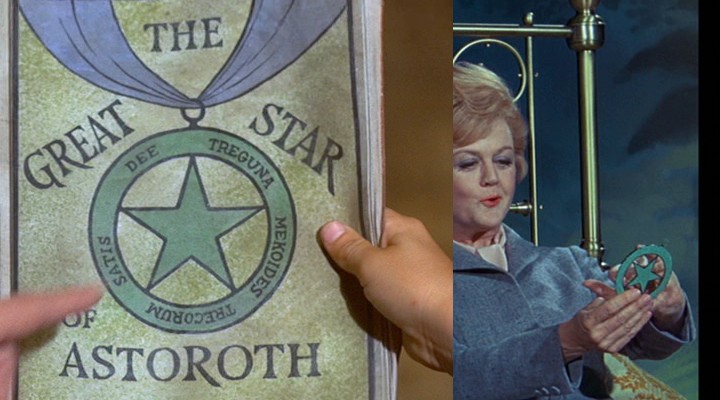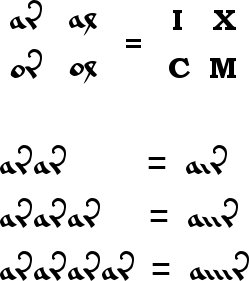OK, moving straight into confessional mode, I feel more than a touch ashamed that I haven’t reviewed Chris Harris’ Mappamundi loooong before now. But… even though I’ve read it twice, I still don’t really know what to say about it. Let me explain…
Sticking to the knitting, it’s a fairly trite starting point to note that it’s an historical adventure, with the main character Thomas Deerham seque(l)strated from the book “False Ambassador”. In that first book, Harris had his hero travel from England to France to Greece (while trying to travel to the Holy Land) and onwards from there to Morea and finally back to Rome, meeting loads of interesting historical figures (such as Plethon) en route. “Mappamundi” continues in Rome with Deerham’s stealing a Toscanelli mappamundi from his only-just-dead boss (Pope Pius II), before heading fast away north across France. In Paris, he meets the vagabond / poet / trickster François Villon: they cross the Channel & end up in Essex trying it on with an eelwife (please don’t ask). Then they meet Christian Rosenkreutz (yes, really) and steal the Voynich Manuscript, which a thoroughly delighted Rosenkreutz calls one of the “Seven Tomes”. On from there to Cambridge, and Ipswich, and… off to find the lost wisdom of Atlantis, steered by the stars, the mappamundi, the VMs and Rosenkreutz’s clinical madness… and (without giving it all away) onwards from there.
Of all the Voynich novels I know of, you could reasonably argue that Mappamundi sticks closest to what we might expect of the VMs’ pre-1600 provenance. What with its Toulon-Occitan-like zodiac month names, and abbreviated longhand Latin quire numbering that Barbara B claims appears in a herbal rebound in England in the 15th century, and perhaps in England picking up its alleged connection with Roger Bacon; all these details tally reasonably nicely with Harris’ account, some intentionally, some not (I’d predict).
Of course, by now you’ll have worked out that Mappamundi is by no means an airport novel – the absence of (for example) millennia-long secret conspiracies, hidden mountains of ancient gold, mysterious powers over life & death that an unreadable book holds, but which only a Harvard Professor of Assyrian Stuff with eidetic memory can unlock, etc etc should be more than a bit of hint. Nor is it experimental literature (even though it plainly merges real historical figures with hallucinatory ones such as Christian RosenKreutz), nor even Umberto Eco-esque über-erudite historical musings masquerading as high literature.
Actually… when you strip it all back, it’s just a historical romp across Europe, in very much the same kind of line (and indeed roughly the same time-period) as Dorothy Dunnett’s well-known Niccolo Rising series. But whereas I alway got the feeling that Dunnett was trying not to re-write history but rather just to thread her own imagined saga through the countless empty holes in a genuine historical tapestry, the presence of Rosenkreutz and the VMs (and even Atlantis) in Mappamundi moves that book sideways into a rather less clear position.
I suppose what it all comes down to is that Harris’ admixure of the notoriously false with the notoriously uncertain with the manifestly true largely negates the effect of all his careful research: the reader stops trusting the author’s historical eye and empathy. Look, I’m not saying it’s as bad a pseudo-historical trip as Forrest Gump: but it did manage to consistently put me out of my readership comfort zone, which is something you could never accuse Dunnett of, for example.
The awful thing is that Harris’ book-writing craft is so spot-on in so many ways (I get to read countless books by authors whose skills aren’t a patch on his), which makes criticising him for what is only really a kind of implicit epistemological confusion foisted on his readers feel somewhat unjust. But many (if not most) of those same readers will likely have a keen eye for history, and that side of me really didn’t enjoy the ride here.
Ultimately, even though I’m supposed to balance up all these factors and finish the review by rotating my haughty Imperial thumb upwards or downwards, this time around I just don’t know what to do. I loved the Dorothy Dunnett side of it while simultaneously hating the Forrest Gump side of it (which included the ending): and it seemed to oscillate between these two extrema throughout. I guess you’ll have to read it for yourself and make up your own mind, sorry if that sounds like a cop-out. =:-o

